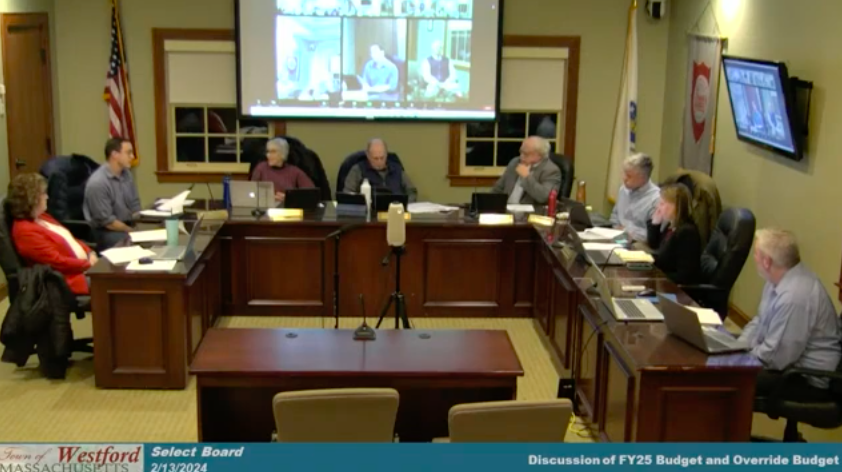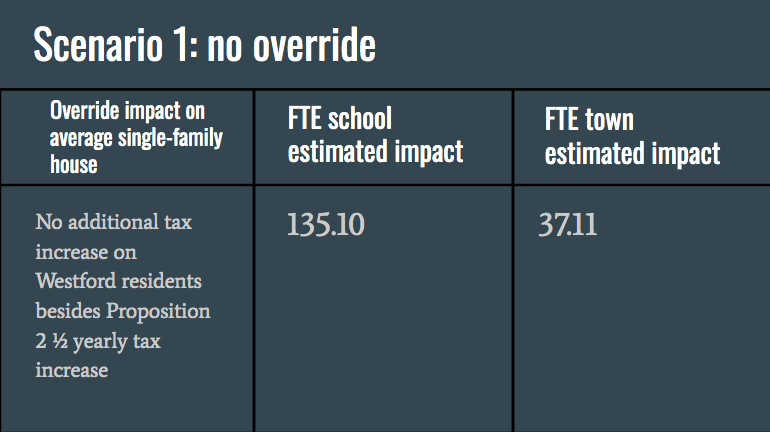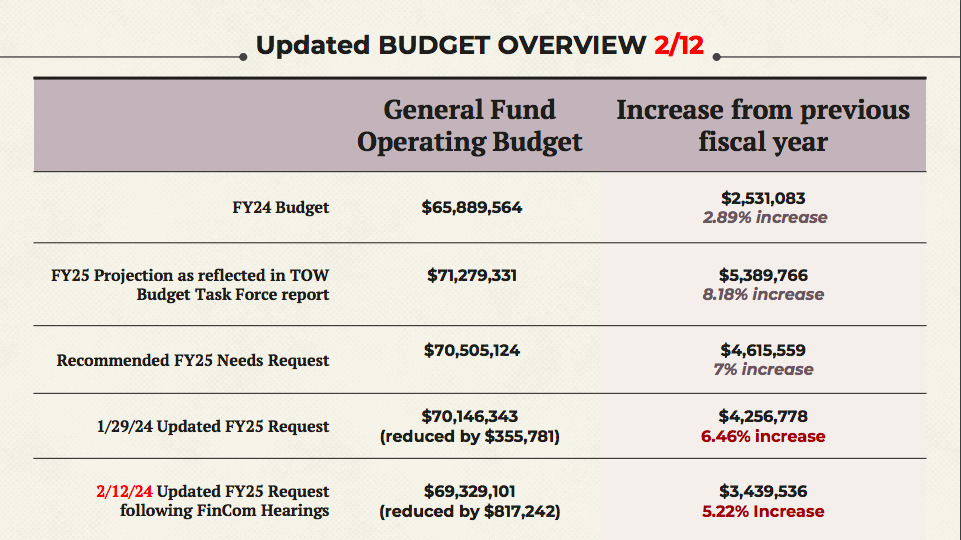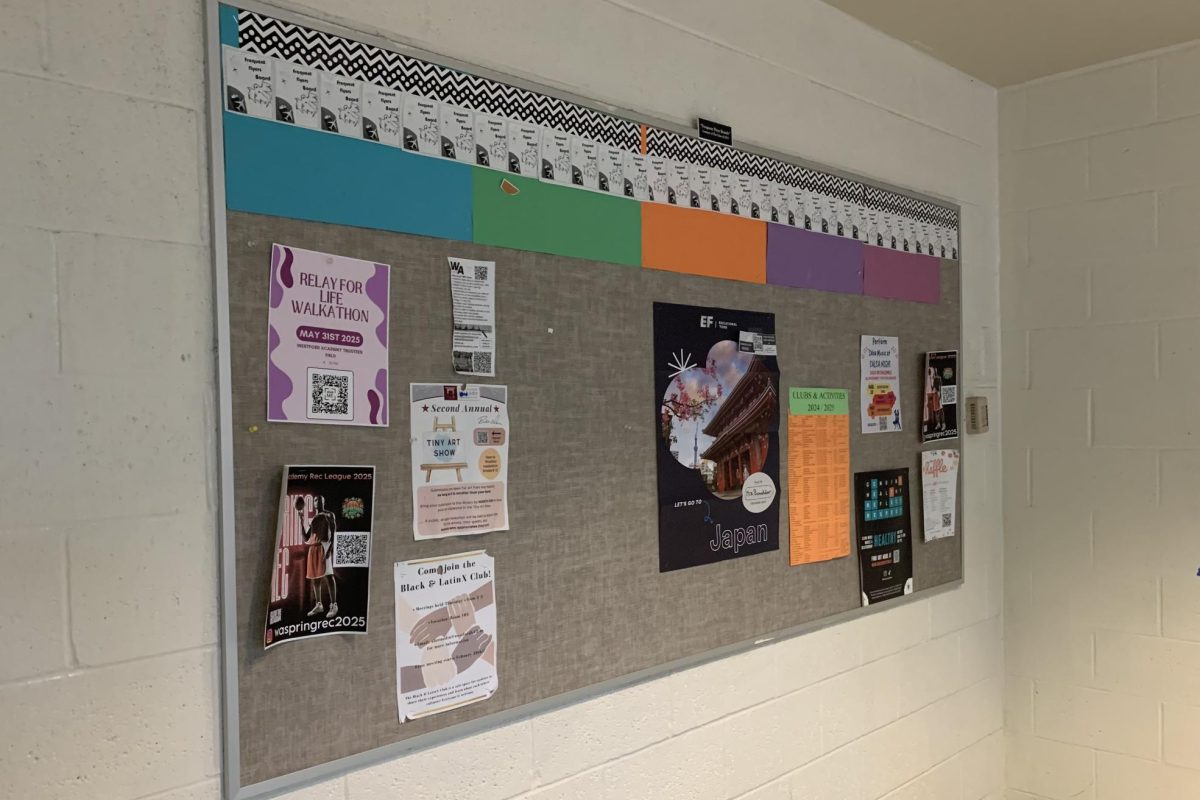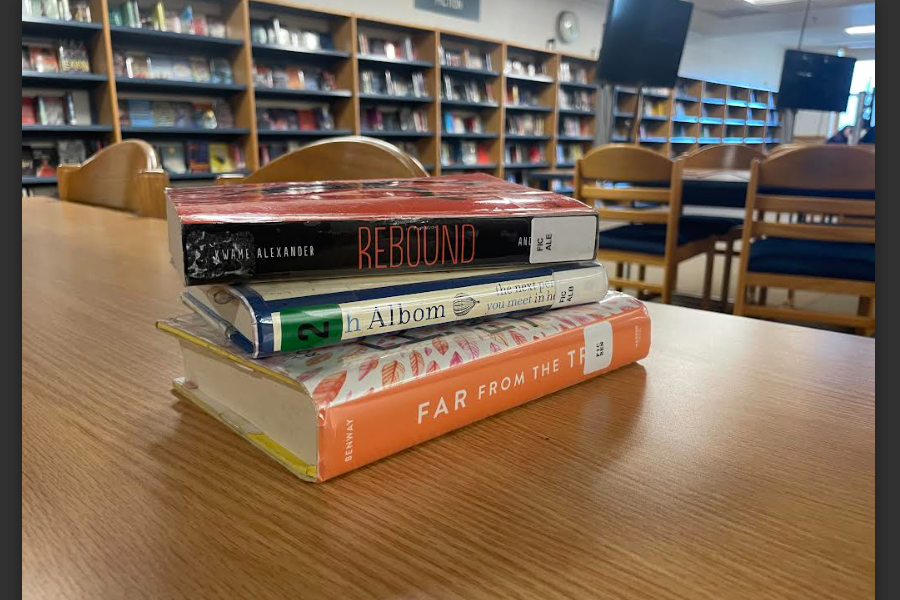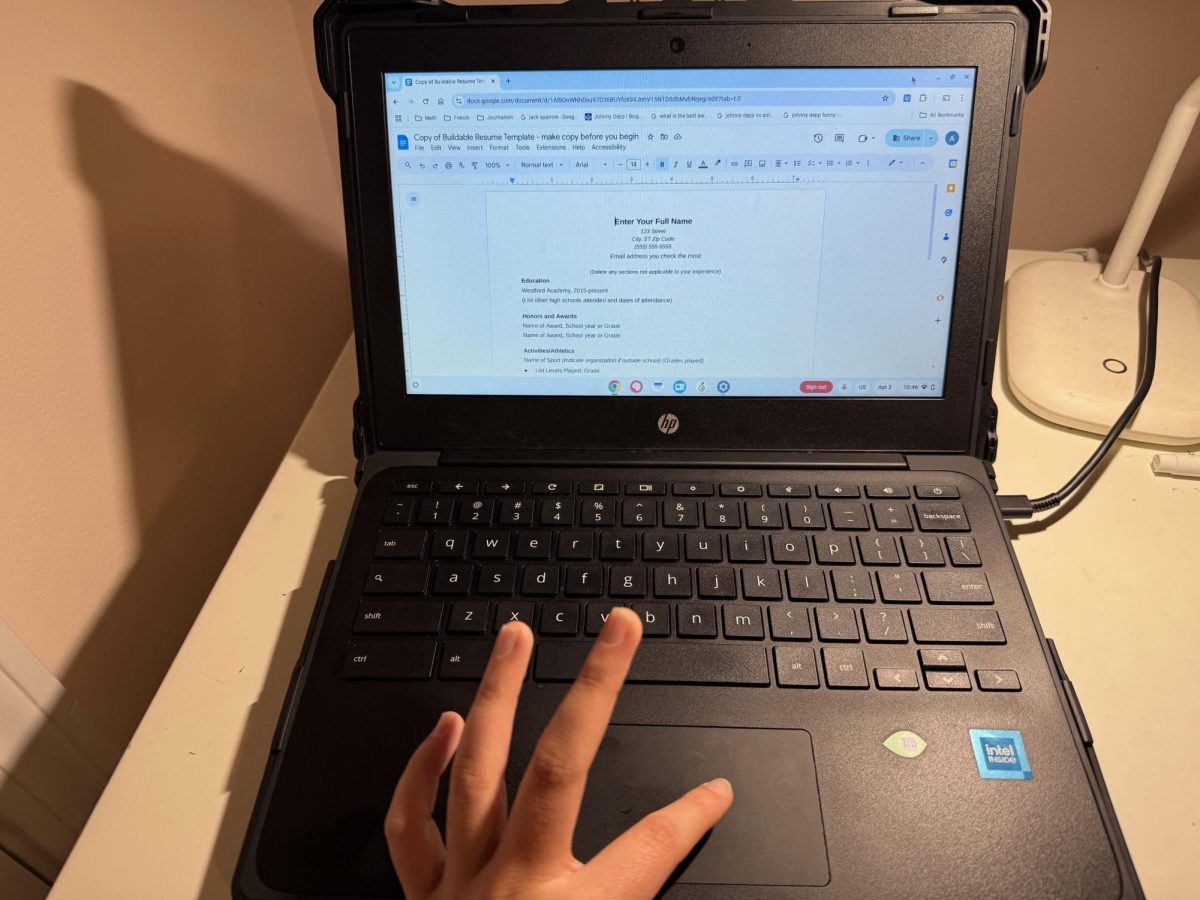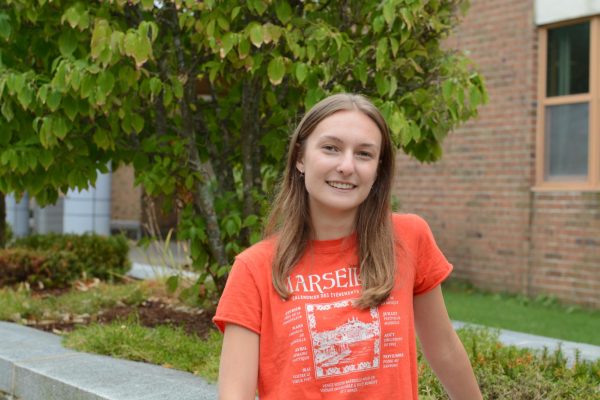The select board and finance committee considered lowering the FY25 budget override amount from the full $8.5 million this past week, aiming to alleviate the impact on taxpayers and garner more community support. The scenarios they considered were $6.0 million, $7.6 million, and $8.5 million in addition to the no override scenario.
A Proposition 2 ½ override, or a tax increase, will be put up for a town meeting vote on March 23. If it passes, it will be put up for the ballot vote in May in order to provide the town with more funding for the $6-8 million budget deficit. The following override scenarios from the town manager’s memorandum were considered during the select board’s Feb. 13 meeting.
According to select board member Andrea Peraner-Sweet, there are many residents who have expressed concerns over a raise in property taxes amidst current inflation and rising costs of living; given these concerns, a lower override amount would help ease the tax burden and gain more support from voters.
“From what I’ve seen, I don’t think the public will support an $8 million override. We have many people who are on the fringe, and even people who are not on the fringe who have homes who’ve dealt with inflation […] so throwing this on top of them [makes me] very concerned for those folks,” Peraner-Sweet said.
Following the recommendations of the finance committee, school committee also proposed additional cuts to school services totaling at $517,242 within the override budget during their meeting on Monday, Feb. 12. These cuts are in addition to the original WPS reductions detailed in superintendent Christopher Chew’s presentation.
The additional reductions proposed in the case of an override include 3.0 FTEs of district-wide administration, which would eliminate one Diversity, Equity, and Inclusion Instruction position and restructure the K-5 Curriculum Coordinators for STEM and Humanities. Furthermore, there would be a reduction in 1 library media specialist at WA and 1.5 FTEs of literacy specialists at PreK-2 schools.
The School committee also proposed $300,000 in offsets from revolving funds which would provide the schools with more funding as opposed to having more reductions.
When looking at the $6.0 million override scenario, school committee spoke of the impacts it would have on the schools.
“From our perspective, the $6 million override is delaying what we are looking at having to deal with in the no override [scenario], [and] it is not necessarily helping to fix anything else,” Chew said.
In addition to the $8.5, $7.6, and $6.0 million override scenarios, members of the select board also discussed a potential compromise of $6.8 million.
“I want to land this plane with some consensus if we can forge it because that is what’s been proven to have the best chance of getting voter support at the ballot box, which is the target that we have,” select board chair Thomas Clay said. “I want to make sure that we are thinking about bringing as many people together as we can to get that 100 vote margin or more.”
In both a non-override and override scenario, the reductions in school and town services would be spread out from FY25 to FY27, with more cuts each year. If an override passes, these reductions would be coupled with an additional tax increase which would be collected in one year, or two years, and used throughout FY25 to FY27.
Based on the scenarios outlined in the Feb. 13 budget memo, a $7.6 or $6.0 million override would be collected in FY25, with the remaining money placed in a stabilization fund. An $8.5 million override would be collected in FY25 and FY26, so the impact on the taxpayer is more spread out. In all override scenarios, the ultimate goal would be to reach a balanced budget by FY28, or a budget that is not relying on an override, according to Clay.
During the finance committee’s Feb. 15 meeting, committee clerk Dennis J. Galvin and vice chair Tom Laflamme expressed their support for having an override that is collected in two years, or in two steps, as opposed to having a stabilization fund via one step approach.
“I have a concern with the idea of a stabilization fund with this big of a number,” Laflamme said. “I can see [the one-step approach] being a struggle, if we’re asking for more than what this year requires, [so] I think that’s what will cause more challenge in [the override] being passed.”
According to Chew, it is important to remember that the cuts the schools are set to face will have lasting impacts throughout FY25-27, even though they may not be immediate.
“Even in the no override scenario, where we have significant reductions, […] we’ve been able, for FY25, to preserve the class sizes for the most part. So sometimes people see that and think ‘it’s not so bad’ but the reality is that that cannot be preserved in FY26 or FY27,” Chew said.
Deliberations over the different override scenarios will continue between the select board, finance committee, and school committee in the lead up to the town meeting on March 23 where residents will vote on whether it makes it to the ballot vote in May. The school committee will meet again on Feb. 26.
“I know it’s difficult, especially when we’re juggling so many scenarios […] but I think it’s really important to look at the impacts of the services,” school committee member Chris Sanders said. “You don’t want to get numb to seeing these reductions.”

